
OUR AWARD WINNING
DATA CARE SOLUTIONS
We are a global leader in providing professional data recovery software, in-lab data recovery services and data sanitization solutions. Our in-house team of 100+ R&D experts develop world’s largest portfolio of data recovery software. Our services team ensures that our clients can be worry free in cases of data loss from broken devices or when they want to completely erase data to prevent any breach.
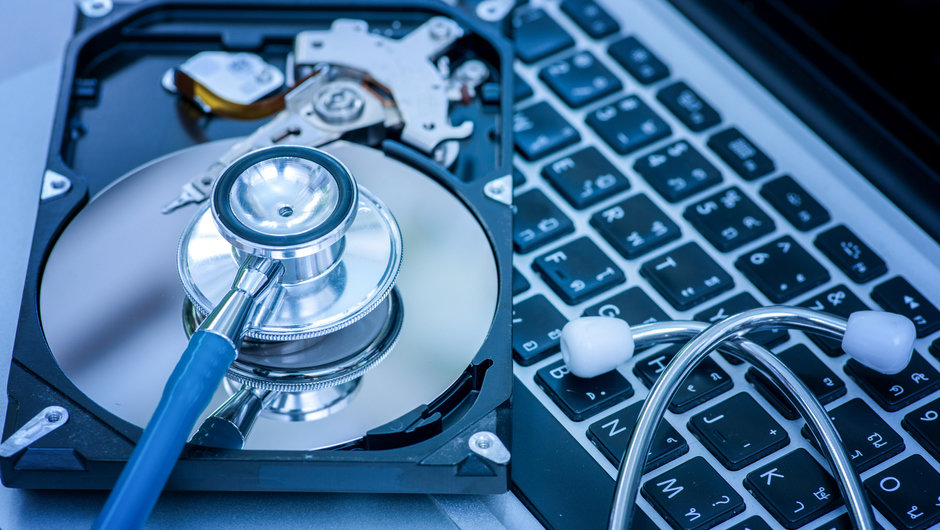
Recover the Lost, Deleted, Formatted, Corrupt Drive Files Completely




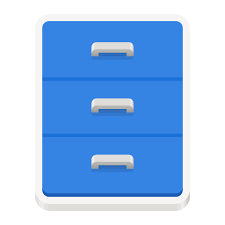
Documents
Videos
Images
Audios
Other Files
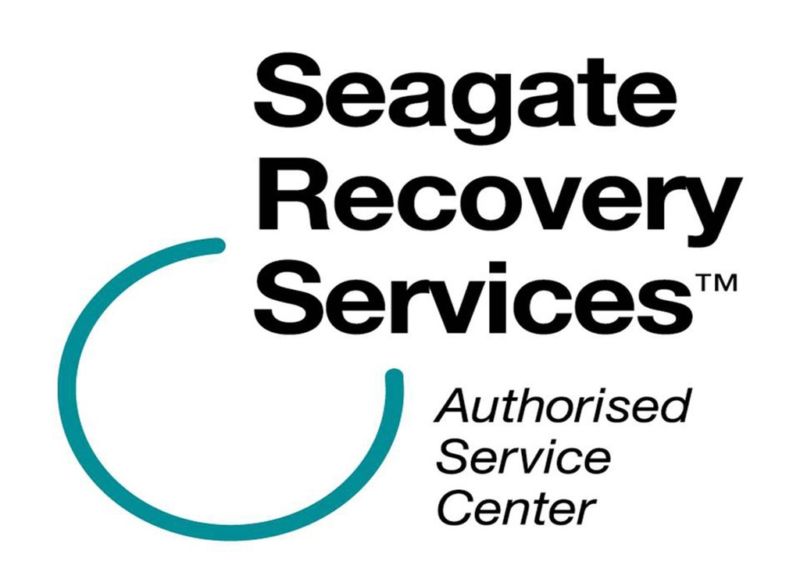
Storage Devices Supported to Recover


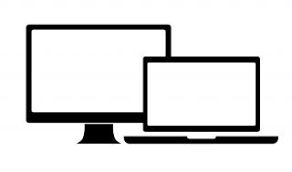
Removable Drives
Removable Drives
Laptops & PCs
Support to recover up to 16 TB hard disk drives
Desktop / portable external hard drives & SSD
Recyle bin, internal drives, partitions



Flash Drives
Memory Cards
Other Storage Media
USB Drives, Jump Drives, Pen Drives, Thumb Drives…
SD/CF card, microSD, miniSD, Sandisk, memory card/stick…
Camera, Music/Video Player, Floppy Drive, Zip Drive, etc.
Data Loss and Recovery Solutions
This article describes general data-loss prevention tips, the causes of various types of data loss (laptop, database, server data and tape data), and the formats and manufacturers supported by Seagate Recovery Services (SRS).
What is Data Loss?
Data loss is generally characterised by one or more of the following:
- The inability to access any data from a previously functioning computer system or backup
- The accidental deletion of files or the overwriting of data control structures
- Corrupted or inaccessible files due to abnormal device operation or damage
Among other causes, data loss can be attributed to system or human error, adverse environmental conditions and device failure:
- Human causes of data loss include intentional or accidental deletion or overwriting of files.
- Virus damage, operating system or application software bugs or failed upgrades may also cause data loss.
- Common physical causes of data loss include power loss or power surge, overheating, electrostatic (“static”) discharge and any kind of physical damage to the storage device or medium.
General Data-Loss Prevention Tips
Software and Hardware
- Document your systems and archive original copies of your software in a safe place.
- Back up your files on a regular basis, then test and verify that your backup is a complete copy of the original. External drives are an excellent choice for this task.
- Never upgrade software or hardware without a complete, verified backup available in case you need to restore data.
- If you are using Microsoft Windows XP, establish System Restore Points before making any significant changes to your system.
- Write a contingency plan and practise restoring your data in case of problems. Your contingency plan should require, as a minimum:
- Locating all available backups, including dates and types of backup
- Listing and locating all original software packages, detailing updates since the original installation
- Locating and making ready an alternate computer.
- Deploying firewalls and virus protection.
- Deleting unused files and applications. Using a disc defragmenter, which is a program that is usually part of the operating system utilities.
Environment
- Ensure proper environmental conditions (stable temperature, humidity and cleanliness) and proper handling to avoid static discharge and accidental dropping.
- Secure systems physically from intruders.
- Prepare for physical disasters, including use of offsite storage for backup.
The following sections describe types of data recovery and supported formats and manufacturers. RAID data recovery, digital photo recovery and VMWare workstation data loss are covered in separate articles under “Related Links”.
Laptop Data Recovery
As they are often carried about and exposed to different environmental factors such as heat, water and dust, laptop and notebook computers are far more likely to experience data loss than their office desktop counterparts. Their portability makes these sophisticated and essential in-the-field devices prime candidates for data loss.
Mechanical and electrical failure, software corruption and human error all play a role in data loss. Here are some of the most commonly noted data loss symptoms and data accessibility problems:
- Dropped notebook – no longer powers on
- Inaccessible drives and partitions
- Applications that are unable to run or load data
- Corrupted data
- Virus attacks
- Hard disc component failure
- Hard disc crashes
- Damage due to fire or liquids
- Media surface contamination and damage
- Accidental reformatting of partitions
- Accidental deletion of data
Laptop Disc Drives Supported
You may not know this, but the hard disc drive embedded in your laptop is not necessarily from the same manufacturer as the laptop. Seagate Recovery Services recovers data from all notebook and laptop brands, models and interfaces – that is, from all types of hard disc drive from all manufacturers including Western Digital, Seagate, Toshiba, Fujitsu, Hitachi and Samsung.
Database Recovery
Mission-critical data is often stored in SQL Server, Oracle, Sybase, Exchange Server, Access and other databases that are maintained on networked file servers. Relational and object-oriented database management technologies are fundamental to modern IT systems, often underpinning the lifeblood applications run by the entire corporation.
Individual media in database servers suffer from the same failure points as disc drives in personal computers and workstations. Experienced system administrators and database administrators know that a relational or object-oriented database environment is fragile unless supported by a comprehensive and well-tested backup plan.
Unfortunately, it is all too common for devices to become corrupt beyond the scope of routine recovery methods:
- Backup files not recognisable by database engine
- Database locked as ‘suspect’ preventing access
- Deleted or dropped tables
- Accidentally deleted records
- Corrupted database files and devices
- Damaged individual data pages
- Accidentally overwritten database files and devices
Seagate Recovery Services specialises in making inaccessible data accessible once again, recovering data from the most complex database configurations.
Database Types Supported
- Microsoft SQL Server 6.5, 7.0, 2000, 2005, 2008
- Oracle Lite, 8.x & 9.x, 10x, 11x
- Sybase SQL Server
- Sybase SQL Anywhere
- Interbase
- MySQL
- PostgreSQL Standard Databases
- Microsoft Access
SRS can also make inaccessible data accessible again for all xbase products such as dBase, FoxPro Productivity Applications Microsoft Office (including all versions of Word, Excel and Powerpoint Mail Server and Client Applications), Microsoft Exchange and Outlook Applications, and email systems conforming to the UNIX mbox format, such as Eudora and Netscape.
Server Data Recovery
Today, servers are the backbone of modern business. They store the data that enables day-to-day operations. Despite the fact that businesses take the necessary measures to protect their valuable information, not all the protection measures and redundancy can prevent the unpredictable. Individual media in servers suffer from the same failure points as do drives in personal computers and workstations. Additionally, the increased complexity of modern server storage systems creates more data loss situations, such as:
- Server storage system configuration corruption (lost config, re-initialised RAID, swapped or misplaced drives, etc.)
- Intermittent drive failure resulting in storage, file system and application level corruption
- Multiple drive failure
Because servers are used for mission-critical operations, customers usually need to recover their data quickly and securely. SRS offerings include options for priority handling, onsite data recovery, critical 24×7 service, as well as remote data recovery and special customised solutions. Our goal is to recover the client’s data as quickly as possible and in the most accommodating way.
SRS supports the majority of currently used server operating systems, including Microsoft, Apple, different flavours of UNIX and Linux, AIX, Netware and many more.
Virtual Technologies
Seagate Recovery Services is going virtual and offers the full spectrum of data recovery options for VMware (ESX/ESXi and vSphere), Microsoft (Hyper-V) and other hypervisor systems.
The virtual environment adds two more levels* of abstraction that increase the complexity of recovery by adding failure points on Hypervisor and VM levels:
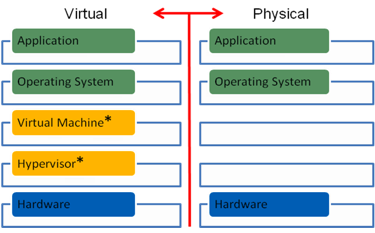
FIGURE 1: Virtual vs. Physical Failures
We can help you to recover lost data in the following scenarios:
- Virtual Disc container corruption – full support for VMDK and VHD containers including chained and sparse containers, snapshots, missing/corrupted base files, snapshots or chain links and corrupted container metadata
- Corrupted guest file systems inside those Virtual Disc containers
- Corrupted and/or reformatted VMFS volumes (VMFS version 2, 3 and 5), and other hypervisor-level file systems
- Deleted Virtual Disc container files from VMFS volumes and other hypervisor-level file systems
Tape Data Recovery
Server and personal-computer tape backup systems using mm DAT, Travan, Exabyte 8mm, LTO and the various QIC formats are popular and necessary to safeguard your data. However, when these tapes fail, the situation is normally catastrophic, as these tapes were often the only remaining repository of the data. Quite often, customers may no longer have the original tape hardware or software to restore from legacy environments.
Fire, smoke, water and even dropping the tape cartridge may damage the media, resulting in data loss. Internal mechanism failure and exposure to extreme temperatures, as well as logical read/write errors on a tape’s file may also result in data loss. Due to the nature of the tape solution, they are designed to withstand time to store archives. Some media, if stored incorrectly or stored longer than the life span of the media, may degrade causing data loss.
Here are some typical causes of tape failure:
- Tape drive failure has corrupted tape headers
- Tape media stretched or snapped
- Fire and water damage Media surface contamination and damage
- Accidental reformatting or erasure of tape
- Accidental overwriting of headers
- Tape backup software corruption
- Media degradation due to age or improper storage
- Legacy tapes where tape drive or software is no longer available
Formats and Manufacturers Supported
Popular backup software – such as EMC, Networker, CA BrightStore (ArcServe) plus the UNIX tar and cpio utilities (and many more) – all use different internal formats. SRS programmers are expertly trained to understand and extract data from any type of tape media, regardless of format. SRS recovers data from the following tape media formats and manufacturers, among others:
- DLT III, DLT IV, DLT-1, VS80, VS160 and Super DLT tape
- LTO 1, 2 , 3, 4, 5
- 4mm DAT format DDS, DDS-2, DDS-3 and DDS- DAT-72, DAT-160, DAT-320
- Exabyte 8mm 112m and 160m tapes & Mammoth 1 (Exabyte 8900), Mammoth 2
- Sony IT and AIT-2, AIT-3 AIT-4, AIT-5 and SAIT
- Travan TR-1, TR-3, TR-4 and TR-5 tapes
- QIC tapes
- QIC Mini-Cartridges
- Tandberg SLR tapes
- ADR and ADR2 tapes
- 9 track 800/1600/6250 bpi
- Next track
- IBM 3480/3490/3592 tapes
Tape Backup and File Formats
- Microsoft Tape Format (MTF) applications such as NT Backup and Symantec (Seagate/Veritas), BackupExec for Window, Backup Exec for NetWare
- System Independent Data Format (SIDF) applications such as Novell’s Sbackup and Palindrome’s Backup Director
- IBM Tivoli TSM
- Computer Associates, Brightstore (Arcserve)
- Previos/Stac Replica Backup for NT, NetWare
- EMC (Legato) NetWorker (all platforms)
- Symantec (Veritas) NetBackup, unix tar, cpio, fbackup, fsdump and ufsdump archives
- Compaq/DEC VMS Backup
- Commvault Galaxy/Simpana